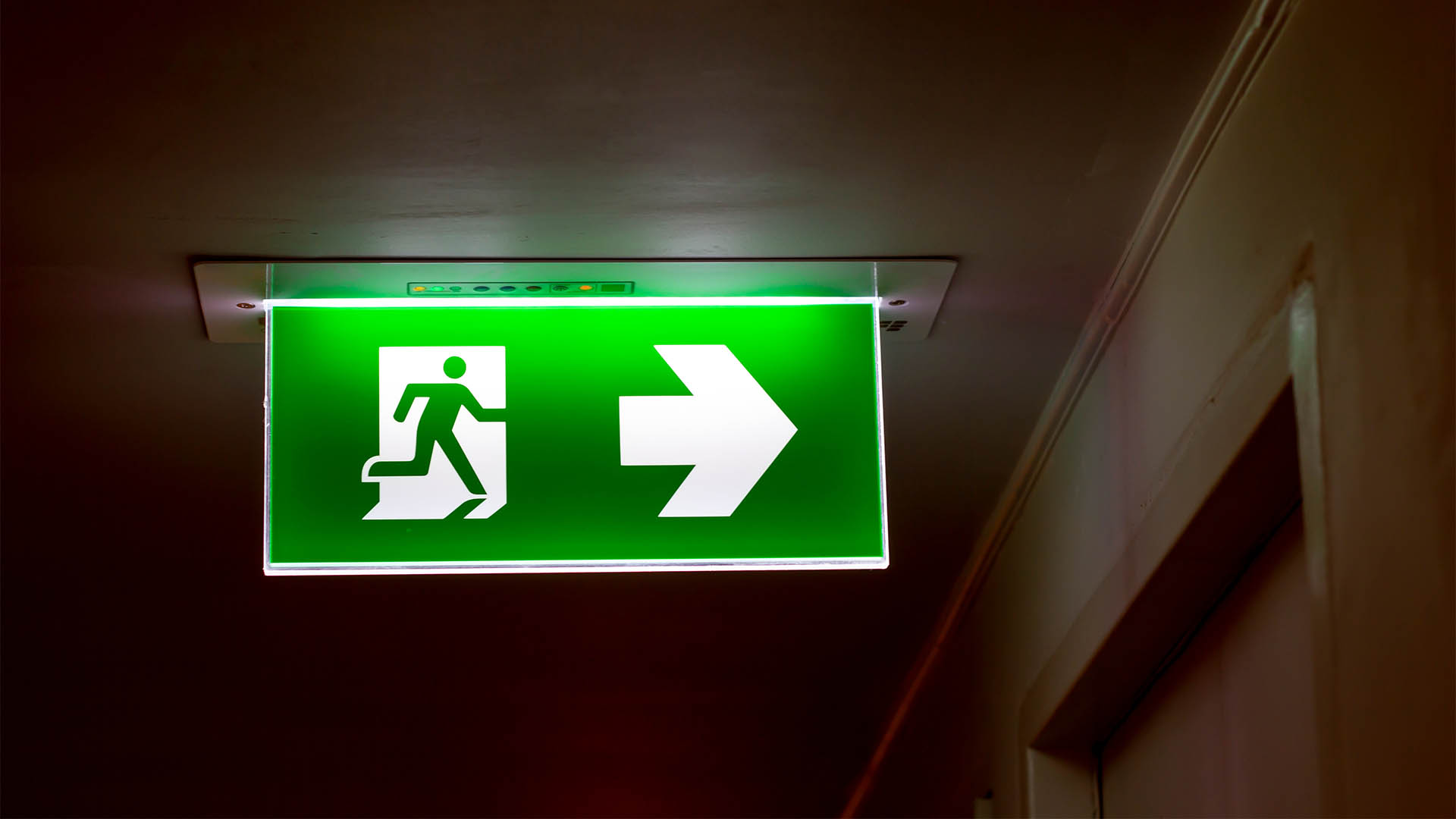Suddenly, there’s a shudder or two passing through the global economy and financial systems.
Ireland is now the focus in Europe as the world also struggles to come to grips with the US Federal Reserve’s second bout of stimulus spending.
China, the biggest critic of the Fed’s move, has taken yet another step to try and protect itself as domestic inflation last month hit the highest level since September 2008.
And on the eve of the release of the inflation and other October economic data (and only hours after revealing a sharp rise in exports and the October trade surplus, and a puzzling fall in imports of commodities), China ordered its banks to tighten their asset reserve rations by from next Tuesday.

It was the 4th such order this year and comes after the surprise decision on October 19 to lift official interest rates for the first time for almost three years.
Clearly China is becoming more worried about the rising level of inflation and the flood of hot money into the country.
It has also cracked down on bank foreign exchange dealings, ordering more reports; is reportedly moving to bring in further controls on the property sector, and is increasingly fearful that it is facing a rebound in asset prices.
It is also worried about consumer price inflation which shows no sign of easing, up to an annual rate of 4.4% in October, from 3.6% in September. The October rate is the highest for 25 months.
The government would have known this was coming, so the late night order to the banks on Wednesday makes more sense.
Food price inflation refuses to fall as the impact of floods and poor weather hit consumers as the northern winter approaches.
In fact food price inflation jumped to 10% in October after easing to around 6% in September. The government had forecast it would ease over the rest of 2010.
Now there’s talk it will spill into 2011 and keep consumer inflation much higher for longer.
Consumer price inflation was running at 3% in the 10 months to October; that’s the official forecast for all of 2010 and means that will now be exceeded.
And worrying the recent steadiness in producer prices ended with a 5% rise in October after September’s 4.3% annual increase (it was unchanged from August).
China’s new local-currency lending was again stronger than expected in October: 587.7 billion Yang ($A89 billion) against a 450 billion Yang market forecast.
The October figure was slightly less than the 595.5 billion Yang ($A90.78 billion) in September, which was up from the 545.2 billion Yang issued in August.
The government punished four major banks in October for over-lending by ordering them to lift their reserve ratios for two months as a penalty.
Growth in industrial production again slowed, up 13.1% in the year to October from 13.6% in September (13.9% in August) and more than 19% at the start of the year.
It has been easing all this year and this week the Organisation for Economic Co-Operation and Development warned that lead economic indicators for China (and Brazil, another major emerging economy) "continue to point strongly downwards, edging below the long term trend and implying that the level of industrial production will fall below its longer-term trend in these two economies" .

But steel production kicked higher from September, regaining the 50 million tonne mark at 5.30 million tonnes (that’s down 3.8% from October 2009) after falling to 47.95 million tonnes in September.
Iron ore imports however fell 13% to 46.5 million tonnes last month and oil and copper imports were lower.
Urban fixed-asset investment rose 2.4% in the first 10 months of 2010 from a year earlier and retail sales rose 18.6% in October. They were off slightly from the rates in the 9 months to September.
The People’s Bank of China said last week that it aims to return monetary conditions to “normal”; a suggestion analysts said means more rate rises and asset ratio tightenings in the next year.
House prices rose 8.6% in the 70 major cities in the year to October, down from the 9.1% rate in the year to September, but up 0.2% month-on-month.
As a result of Wednesday night’s order, the Reserve Ratio for the four big state-owned banks – the Industrial and Commercial Bank of China, China Construction Bank, Bank of China and Agricultural Bank of China – will rise to 18% once the rise takes effect (that includes the penalty from last month).
For other large financial institutions it rises to 17.5% and 15.5% for small groups.
There will be more to come.













